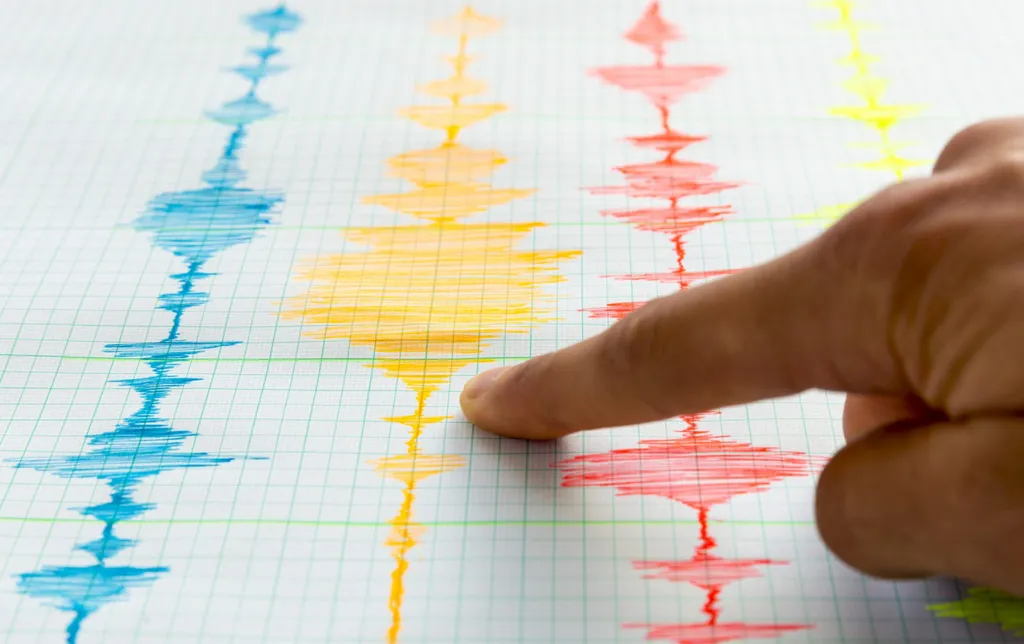In the realm of earthquake disaster preparedness, a groundbreaking study led by Wei Wu of the Jinhua Seismic Monitoring Center in Zhejiang, China, is set to revolutionize how we predict and respond to seismic events. Published in the journal ‘Advances in Earthquake Science’ (地震科学进展), Wu’s research delves into the transformative potential of social data in constructing more accurate and dynamic earthquake disaster scenarios.
Traditionally, earthquake scenario construction has relied heavily on conventional data sources, which, while valuable, often fall short in terms of comprehensiveness, timeliness, and adaptability. Wu’s study systematically explores how social data—encompassing everything from public data platforms to social media dynamics and commercial remote-sensing data—can fill these gaps. By integrating these diverse data streams, the research demonstrates a significant enhancement in the authenticity, refinement, and dynamic adaptability of disaster scenarios.
“We found that social data effectively compensates for the coverage gaps in traditional data sources,” Wu explains. “This not only strengthens the scientific validity of disaster prediction but also improves resource allocation and public response mechanisms.”
The implications for the energy sector are profound. Accurate and timely earthquake scenarios are crucial for ensuring the safety and continuity of energy infrastructure. By leveraging social data, energy companies can better anticipate and prepare for seismic events, minimizing potential disruptions and enhancing overall resilience.
Wu’s research proposes a hierarchical classification framework for social data, mapping it to the specific needs of scenario construction. This framework, combined with the integration of multi-source data, paves the way for a more holistic approach to earthquake disaster management. The study also offers institutional innovations for data sharing, technological integration pathways, and policy recommendations, providing a robust foundation for future advancements.
As the field moves towards a “physical-social” modeling paradigm, the insights from Wu’s research are poised to shape the future of earthquake disaster scenario construction. By embracing the power of social data, we can build a more resilient and prepared world, where the impacts of seismic events are mitigated through smarter, more informed strategies.

